Lest anyone imagine that social licence is not the biggest issue in Australian higher ed right now, one’s gaze need only flit for a moment beyond the golden sands of our shoreline to realise the truth.
Across the ditch, NZ universities are preparing lists for serious job cuts as leaked documents indicate a $NZ64 million HE lifeline granted in 2023 is about to be axed. In the US, there are almost daily salvos of new cuts and regulatory changes impacting US colleges and universities, even before the Trump Administration directly addresses their pre-election promises to destroy ‘the enemy.’ In the UK, an 8 year freeze on domestic fees has been lifted, but soft international demand and government taxes threaten the balance sheets of well over half the sector if policy and funding settings don’t change – the Office for Students estimating 72% will be in the red in the next financial year. Immigration restrictions also threaten some of Canada’s universities.
In the past, the sector’s response has been to circle the wagons, get the boss boffins into a room to hammer out a solution, and then pump out an advertising campaign without a moment’s thought for how it will be perceived at the kitchen tables of middle Australia.
But the world has changed. The invaders of the capitol building are pardoned. The conflation of academia with wokeness by elements of the right and the rush to malign policies of compassion and/or equity is robbing HE institutions of some of the agency they had previously enjoyed in controlling their own futures.
At the staff level, this means the job you thought was safe, the goals you thought you were working for and the future of the sector that you imagined yourself working in is at least slightly less certain than before. In the case of renewable energy, climate, education progression and diversity scholars in the US, the immediate future is bleak indeed.
There is considerable hope though. Perhaps this is the interruption that our sector needed, to finally embrace alternative modes of measuring success and serving others. Anyone who has put together a university marketing, comms or engagement strategy knows that there a large proportion of the population in Australia are not deemed to be important to reach by their institution.
The answer is not another campaign that preaches to those who already love us. The answer lies not in the boardrooms of our institutions, but rather the kitchen tables of middle Australia. We need to start asking the right questions and sharing understanding about the nature and scale of the gulf between the sector and middle Australia before we can begin to narrow it.
Which is why we are looking at identify some of those key questions at our Canberra event next week, Brand Australia 2025. We need to ask the right questions if we are to rekindle the social contract that the sector needs to create with Australian voters. We don’t have time to persuade them to our points of view – the global trend of challenges to HE demonstrate that. We need to embrace a new sectoral humility and spirit of collaboration, share ideas openly and listen to why middle Australia has concerns. And when that fleeting moment of sectoral collaboration falls apart, we will need to contract out listening and collaborating to actors capable of reuniting HE with what the people really want.

